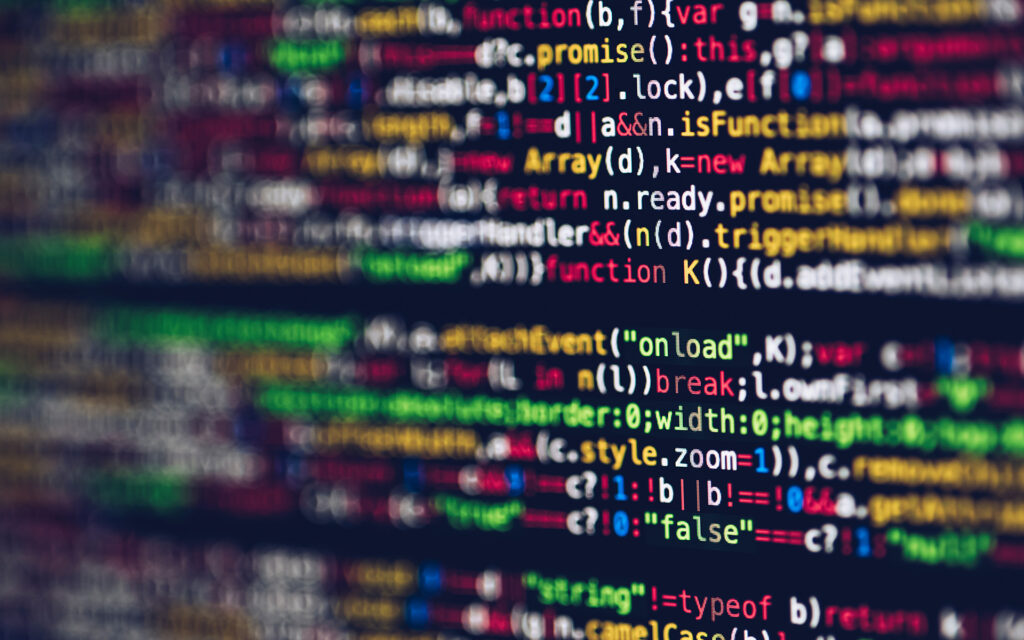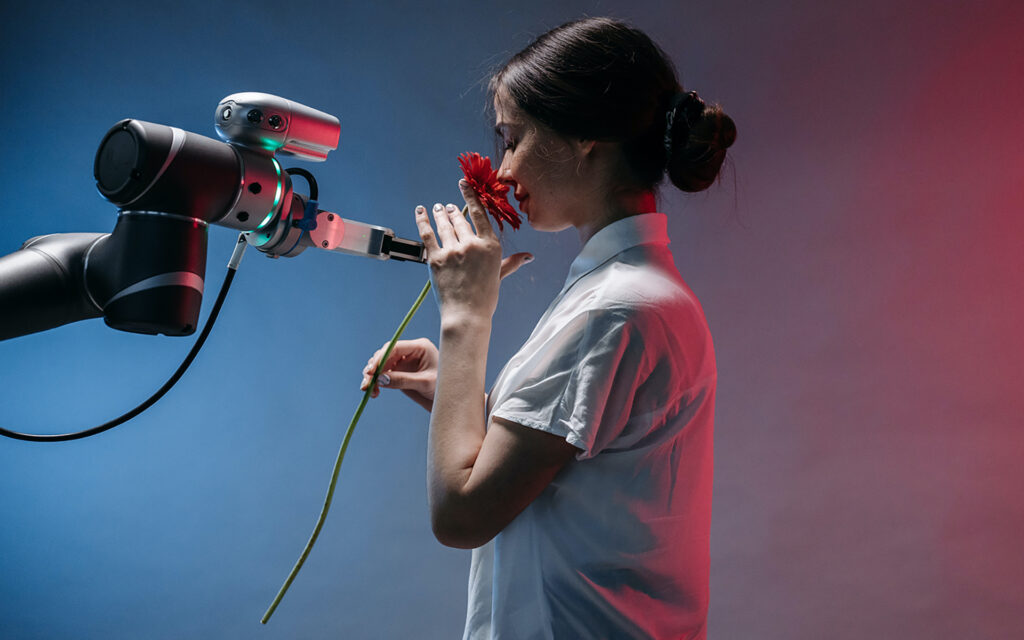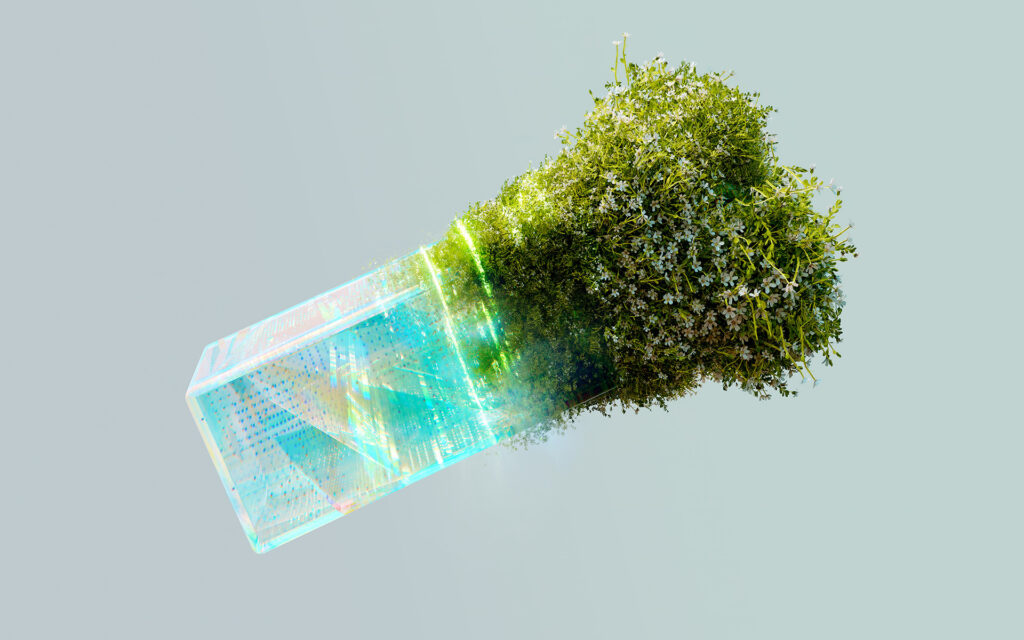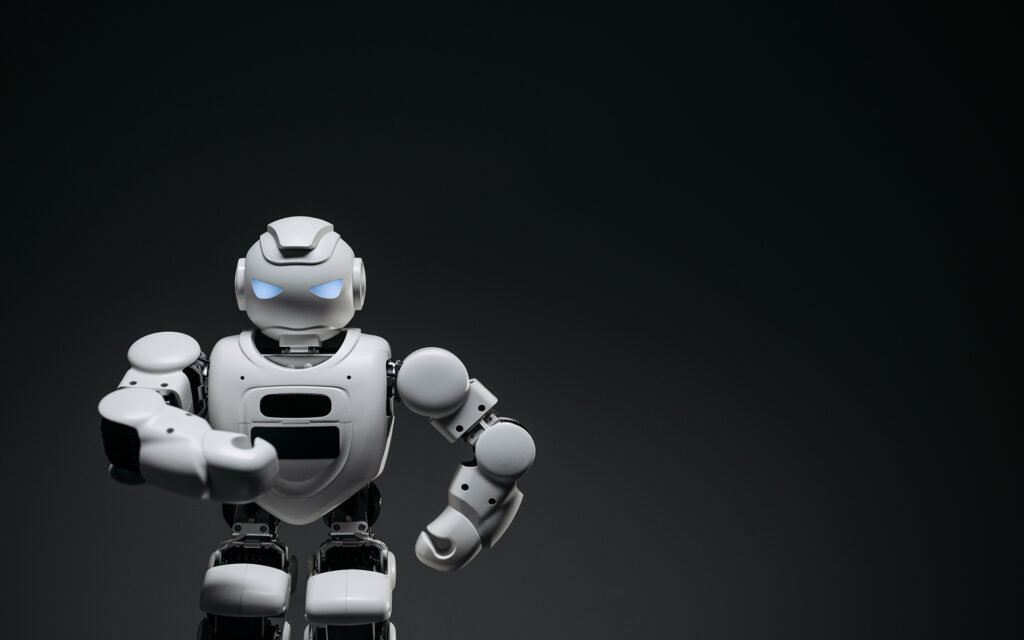Before a crusade against artificial intelligence is launched, let’s try to reflect on its controversial aspects. Artificial intelligence can play a key role in helping to tackle complex challenges. Many scholars are convinced of this. Although its use is not risk-free. It is true that artificial intelligence can encourage the pursuit of virtuous processes, but it is also true that it has considerable costs in environmental, social and economic terms.
Is A.I. an ally of sustainability?
If, therefore, AI can really be an ally of sustainability will depend on several factors. In theoretical terms, artificial intelligence can acquire a fundamental role in all those areas where very complex problems require the examination of a large amount of data. And it is therefore difficult to take decisions that are based on evidence. Consider for example, at the construction of a smart city where the amount of data to be analyzed is colossal. AI can intervene in the creation of models that are based on the data collected, also harmonizing the contribution of human beings who are experts in the field.

“We have to be smarter than artificial intelligence
Artificial intelligence is not human intelligence
It is therefore clear that artificial intelligence is not human intelligence. In the near future, the most serious risks could be two. The first is to give too much power to machines, to the point of delegating them to make decisions for us. The second is an obscure use, that those who control machines and infrastructures can make of it.
But perhaps even more important (as stated by Federico Faggin), is that “you have to be smarter than artificial intelligence”. Certainly, the human being has all the potential to be smarter, because he possesses consciousness.
According to Faggin “Consciousness is not an algorithm but creativity. The machine is a purely deterministic system. In which the next state is entirely determined by the previous state. There are possibilities in the future that go far beyond the artificial intelligence and algorithm.”

“Consciousness is not an algorithm but creativity. The machine is a purely deterministic system. In which the next state is entirely determined by the previous state. There are possibilities in the future that go far beyond the artificial intelligence and algorithm
Possibilities and risks
So, it can be said that the positive possibilities of artificial intelligence are enormous. But so are the negative possibilities. For this reason, we must be “more than the machine”. We must use our humanity. And this requires individual effort.
When we consider the issue of sustainability, we quickly reach a very high scale of complexity. The intersection of economy, environment and society requires complex interpretations. That’s when the use of AI becomes crucial.
But, concretely, how can this technological support help us face the challenges imposed by sustainability? Alongside the undoubted advantages that AI can bring, there are also the potential risks How to deal with them? So how can, AI systems, be made reliable?

A.I. is a dystopian machine?
According to British designer Neville Brody, many people have seen the transition to digital only as a material change. “I don’t think they realized that the way we interact with content would change so drastically. We have no more that freedom of expression. All the content is fed through the same sausage machine.” This means reducing too much the complexity
Some experts also point out that by 2030 about 10% of the global workforce will have to change jobs by learning a new profession. This process (in progress) leads to an increase in the polarization of incomes and an increase in unemployment. Economic insecurity is, therefore, a real threat that can lead to a loss of trust in institutions and widespread discomfort with the system. It must also be said that artificial intelligence is characterized. AI is currently dominated entirely by large technology companies.

The possible damages of A.I.
Can artificial intelligence cause environmental damage? It seems so, precisely because of the intensive consumption of resources. A 2019 study found that A.I. hardware requires a lot of energy. According to experts, training a single artificial intelligence model produces 300,000 kg of CO2 emissions. That is five times the emissions, over its entire lifetime, of an internal combustion car. And model training is only one aspect. The infrastructure of the A.I. is also a source of emissions. There is therefore a real environmental risk. But it’s not only that. The greatest risk concerns human society. Federico Faggin, in his book “Irreducible”, addresses the issue in a broad sense. With respect to life and consciousness, no machine can ever completely replace the human being. It could only happen in a dystopian future, with a malicious and therefore unsustainable, use of technology.
To learn more: Federico Faggin; “Irriducible”
You may be interested in: The power of storytelling on the climate future





